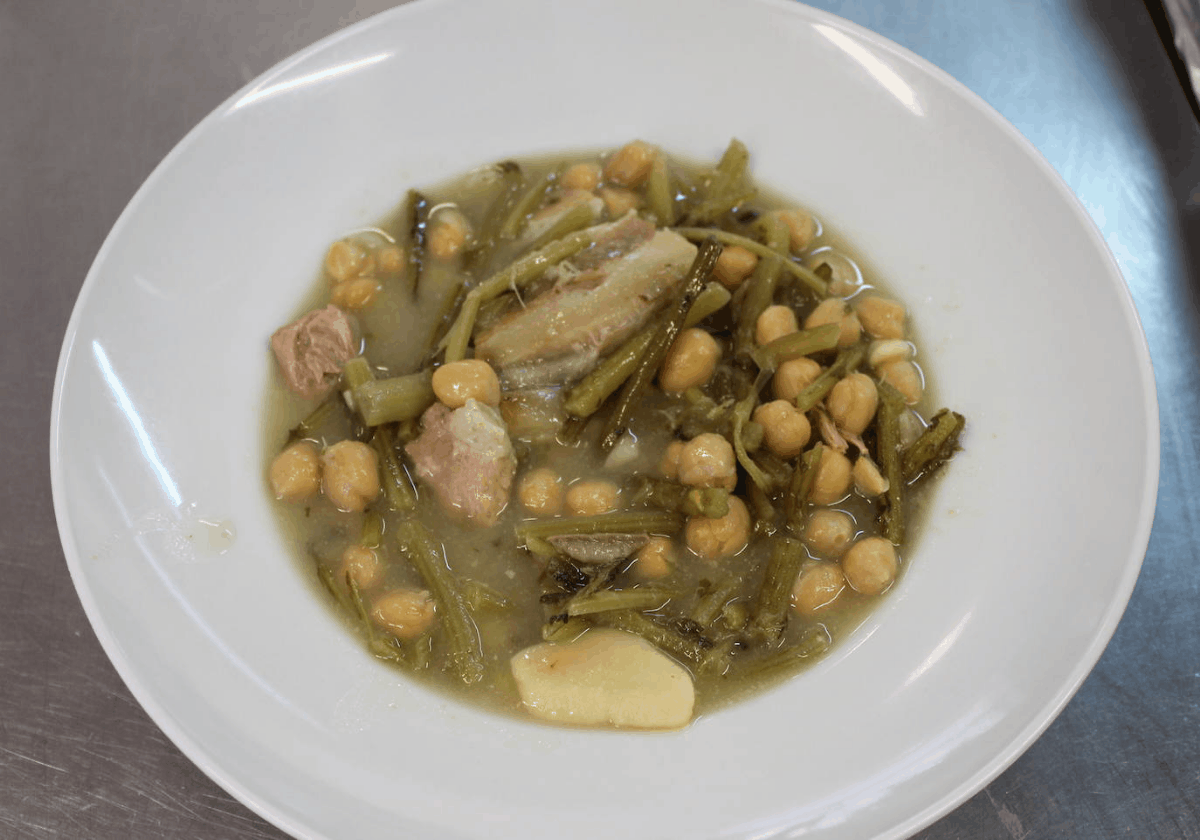These are some of the best traditional dishes using seasonal ingredients eaten across Malaga province in spring
Fruits such as oranges, vegetables such as tomatoes and artichokes, broad beans and wild plants such asparagus are just some of the products that are used in recipes during this season
Traditional dishes eaten in Malaga province in spring are made with seasonal ingredients. Fruits such as oranges, vegetables such as tomatoes and artichokes, pulses like broad beans and wild plants including 'targanina' or common golden thistle and asparagus are just some of the products that are used to enhance the taste of seasonal recipes.
When it starts to get hot many of the dishes are made to be eaten cold, such as salads or cold soups, but there are also many that are still served hot, including soups, stews, scrambled eggs and omelettes. The dishes are served in bars and restaurants and can even been made at home.
A good place to try some of them is at the 'Jornadas Gastronómicas de la Primavera de Casabermeja (Casabermeja gastronomy days) where local bars and restaurants offer tapas, menus of the day and à la carte options of these seasonal dishes. This year's event took place on 13 and 14 April.
-
1
Salads with orange
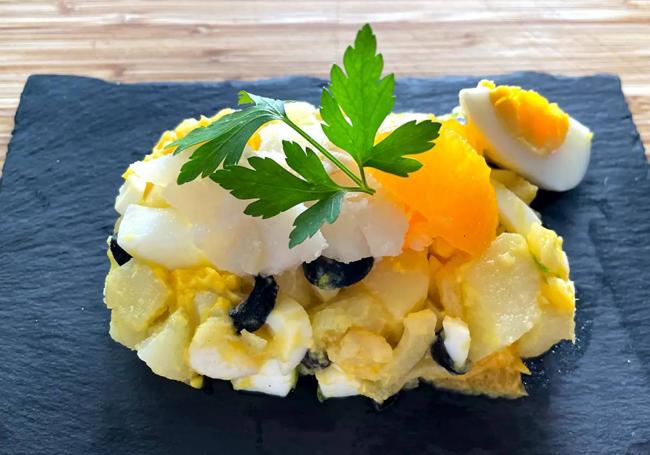
There is a wide variety of spring salads which include oranges. In addition to the 'Malagueña', there are other similar salads, depending on the town or village, such as 'pío' in Antequera or 'mojete' in Alhaurín de la Torre and el Grande.
Some places substitute the orange for tomato and others use peppers. Other local salads with these ingredients include 'arriera' in Torrox, 'cateta' in a number of villages in the Axarquía, 'picaíllo' or 'salmorejo', which is how these salads are known in some villages of the Guadalteba valley and the Serranía de Ronda.
The latter has nothing to do with the cold soup of the same name which is from Cordoba. Other salad options, with finely chopped ingredients including tomato, onion, pepper and cucumber, are 'pipirranas', which are very popular in different towns on the Costa del Sol.
-
2
Cold creams

'Porra and 'gazpacho' are the two best-known dishes among the cold soups that begin to appear in many homes and restaurants when the weather starts to warm up. Tomato is the main ingredient in both recipes, which usually also include bread, garlic, extra virgin olive oil and salt.
Unlike porra, gazpacho is more liquid, thanks to the addition of cold water. It can also contain other seasonal ingredients such as peppers, cucumber and onion. Vinegar can also be added to both gazpacho and porra, but especially to the former.
'Ajoblanco', another traditional cold soup made with almonds, garlic, bread and extra virgin olive oil, is eaten more in summer, but it does start to make an appearance in spring in Malaga.
In addition to these three popular soups there are others that are less well known, such as 'porra de habas' (broad bean porra), which is deeply rooted in villages like Casabermeja and Villanueva de la Concepción, where broad beans are an important crop.
In addition, there is the porra de naranjas (oranges), which is more associated with winter, but which can also be made in spring. One restaurant where porra de naranjas can be eaten is Arte de Cozina, in Antequera.
-
3
Dishes with seasonal vegetables
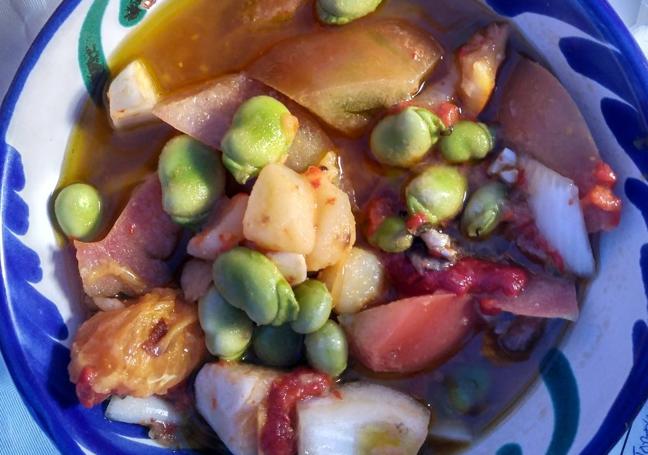
Spring is the season when broad beans, artichokes and peas, among other vegetables, appear in recipes. They are added along with noodles to casseroles, which are normally eaten in autumn and winter, but by adding these ingredients, the dishes get more spring flavours. One of these is 'pipeo' from Casarabonela, a good example of a dish which makes good use of produce in the spring garden.
Although its preparation seems simple, it takes a certain amount of time to make. In addition to cooking the ingredients mentioned above with potatoes and bay leaves, it also requires breadcrumb tortillas and a paste of almonds, bread, cumin and garlic. The recipe has acquired a certain fame in recent years to the point that it even has a day named after it in Casarabonela.
In addition to pipeo, there are other dishes made with seasonal ingredients in the province, such as 'tortilla de habas' (omelette with broad beans), 'pistos' or 'alboronías' (similar to ratatouille), peas or broad beans with ham and stuffed artichokes, among many others.
-
4
Dishes with wild plants
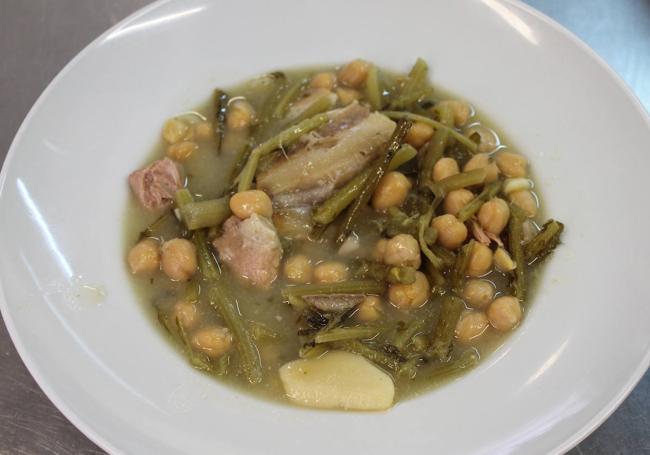
The most common wild plant in Malaga province is probably wild asparagus, but there are many more. Tagarninas (golden thistle), fennel and, to a lesser extent, 'collejas' (bladder campion or maiden's tears) are some of the plants that are traditionally used in Malaga's spring cuisine.
Depending on the village or household, very different recipes can be found, such as the tagarninas stew in Villanueva del Rosario, the tagarninas asparagus from Valle de Abdalajís or the asparagus 'morretes' which are popular in some villages in the Axarquía, such as Alfarnate or Periana. Asparagus soup is well known throughout most of the province. Some dishes made with spring mushrooms could also be included, although they are not particularly abundant.
-
5
Soups from the 'poncima' broth
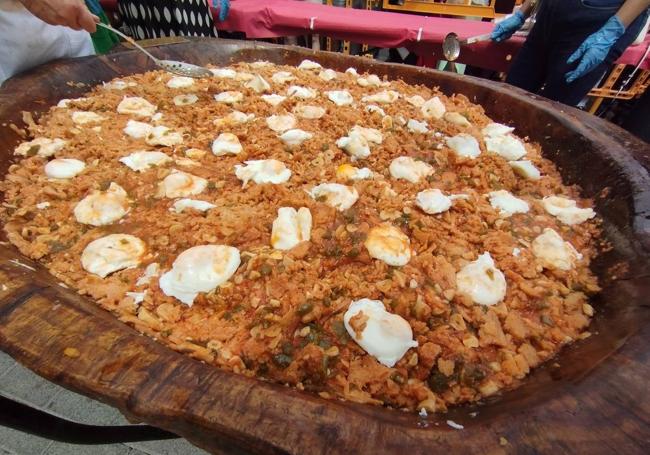
'Poncima' soups, which have several variations and are called by different names depending on the village where they are made use simple ingredients and are both healthy and hearty. The most famous is the 'perota' soup in Álora, but there are other names, such as 'aplastá' in Pizarra, 'los siete ramales' in El Burgo and Yunquera,
'Mondeña' in Monda, 'hervía' in Coín, 'morisca' in Casarabonela or 'sopa refrita' in villages in the Serranía de Ronda use bitter oranges, also known as 'cachorreñas', is a typical dish from the Guadalhorce Valley region, which is known for the abundance and quality of its citrus fruits. However, it is also one of the most typical recipes of the Axarquía, where villages such as Sayalonga claim that they invented it.
-
6
Other options
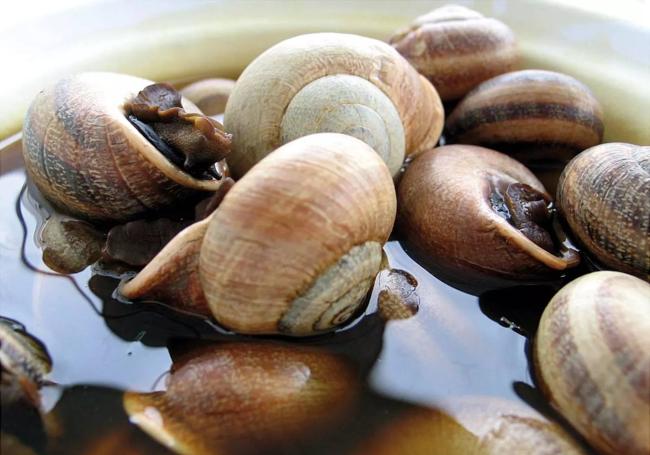
Other traditional Malaga spring dishes include snails (especially in Riogordo), San José stew (in the villages of the Sierra Norte de Málaga and the Vega de Antequera), noodle casserole, grilled sardines, anchovies in vinegar, aubergines with sugar cane honey, cachorreña soup and fried milk, which is a dessert closely associated with this season.

